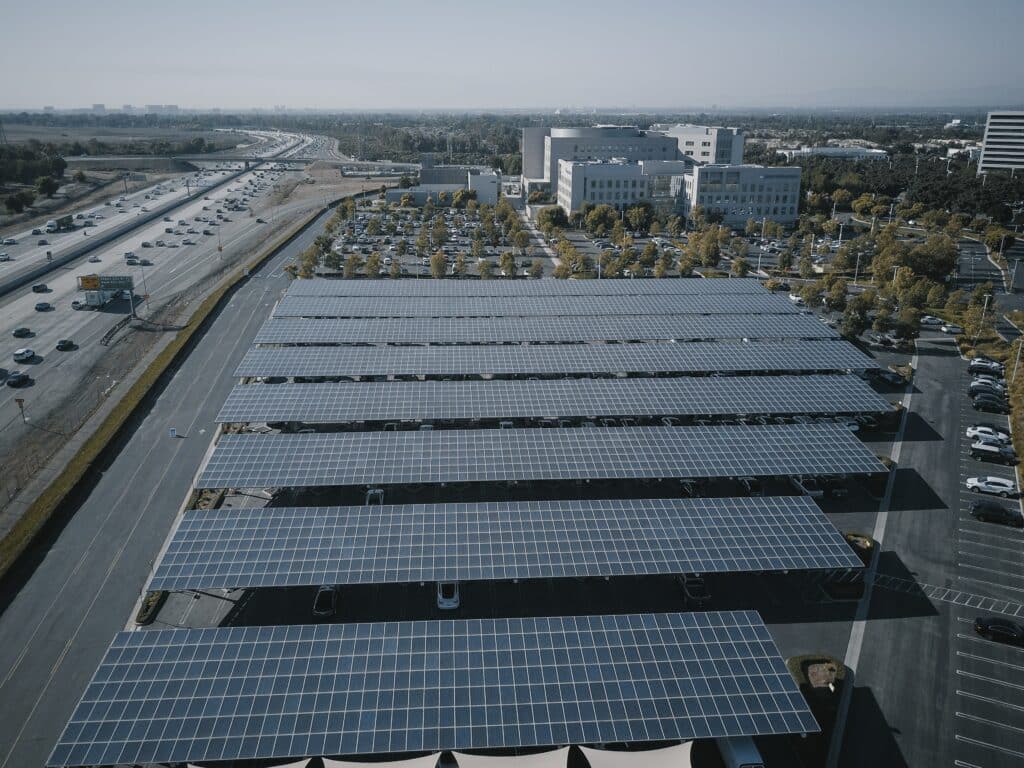
In recent years, there has been an increasing awareness of the environmental impact of construction projects and their effects on public health. As the construction industry plays a significant role in carbon emissions and air pollution, it is essential to prioritize sustainability and public health in project management. This post will provide four practical categories of tips on how to run a construction project with a focus on reducing emissions and improving public health. By adopting sustainable practices, utilizing eco-friendly materials, and incorporating health-conscious strategies, construction projects can mitigate their impact on the environment and create healthier communities.
1. Pre-Construction Planning
The foundation for a sustainable construction project begins with comprehensive pre-construction planning. Consider the following steps:
A. Environmental Impact Assessment: Conduct a thorough assessment of the project’s potential environmental impact. Identify areas where emissions can be minimized, such as reducing energy consumption, optimizing transportation routes, and managing waste effectively.
B. Green Building Certification: Aim for green building certifications like LEED (Leadership in Energy and Environmental Design) or BREEAM (Building Research Establishment Environmental Assessment Method). These certifications ensure adherence to sustainable construction practices, reducing emissions and promoting public health.
C. Collaborative Design Process: Involve architects, engineers, and construction teams in the design process to integrate sustainability measures from the outset. Consider passive design strategies, such as natural lighting and ventilation, to reduce the need for energy-intensive systems.
2. Sustainable Material Selection
Selecting eco-friendly materials is crucial in reducing emissions and promoting public health during construction. Consider the following strategies:
A. Recycled and Locally Sourced Materials: Prioritize materials with recycled content and those sourced locally to reduce transportation-related emissions. Use reclaimed or repurposed materials whenever possible.
B. Low-Impact Materials: Choose materials with low volatile organic compound (VOC) emissions, as high levels of VOCs can contribute to indoor air pollution and health issues. Opt for paints, adhesives, and finishes with low VOC content.
C. Sustainable Timber: Ensure that timber is sustainably sourced, certified by organizations like the Forest Stewardship Council (FSC). Responsible timber procurement protects forests and prevents deforestation.
3. Energy Efficiency and Renewable Energy
Reducing energy consumption and incorporating renewable energy sources can significantly decrease emissions and promote public health. Consider the following strategies:
A. Efficient Building Envelope: Improve insulation, use high-performance windows, and seal air leaks to enhance the building’s energy efficiency. A well-insulated building reduces the need for excessive heating and cooling.
B. Energy-Efficient Systems: Install energy-efficient HVAC (Heating, Ventilation, and Air Conditioning) systems, lighting fixtures, and appliances. Utilize programmable thermostats and occupancy sensors to optimize energy use.
C. Renewable Energy Integration: Explore the feasibility of incorporating solar panels, wind turbines, or geothermal systems to generate renewable energy on-site. This reduces reliance on fossil fuels and lowers emissions.
4. Waste Management and Recycling
Effectively managing waste generated during construction helps reduce emissions and minimizes the impact on public health. Consider the following steps:
A. Waste Reduction: Adopt waste reduction strategies such as waste audits, on-site sorting, and reuse of materials whenever possible. Minimize packaging waste by collaborating with suppliers.
B. Recycling and Reclamation: Set up a recycling program on-site to separate and recycle materials like metal, concrete, and plastics. Explore opportunities for material reclamation or donation to minimize waste sent to landfills.
C. Hazardous Material Disposal: Properly handle and dispose of hazardous materials, such as asbestos or lead-based paints, in accordance with local regulations.
For any inquiries, collaborations, or construction-related projects, feel free to reach out to us. With our extensive expertise and experience in delivering top-quality results, we will be more than happy to assist you in turning your industrial construction needs into reality. Contact us at info@rfwgroup.com.
Photo Credit: pexels.com – Los Muertos Crew; pexels.com – Kindel Media




